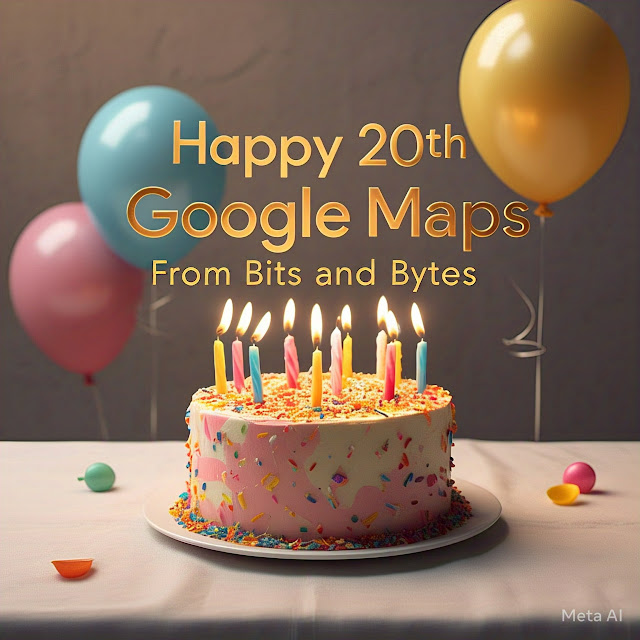@Mark Ollig
The January 1975 front cover of Popular Electronics featured a photograph of the build-it-yourself Altair 8800, which was called “World’s First Minicomputer Kit to Rival Commercial Models.”
The Altair 8800 kit, which included the components, cost $397 ($2,346 today), while a fully assembled Altair 8800 computer sold for $498 ($2,921 today).
“If you can handle a soldering iron and follow simple instructions, you can build a computer,” read the Altair 8800 advertisement.
Yes, I could handle a soldering iron very well back then.
The Altair 8800 had a brushed metal front panel with two rows of toggle switches and red LED lights.
The top row featured 16 switches for entering memory addresses, while the bottom row controlled functions like “run” and “stop.”
Each switch represented a binary digit in a 16-bit address, allowing users to set the desired memory location. LED lights displayed data values and system status.
Programming the Altair 8800 required knowledge of binary code. Users would input the binary code using the switches on the front panel and then view the output via the LED lights.
During the 1970s, electronic hobbyists became proficient at assembling various microcomputer kits, often referred to as “hobby machines” or “homebrew computers.”
The sense of community and knowledge sharing among these hobbyists led to the formation of many computer clubs across the country.
In 1975, Steve Wozniak, along with his friend Steve Jobs, joined the Homebrew Computer Club, an organization of computing hobbyists located in today’s Silicon Valley, CA.
Its first meeting was hosted March 5, 1975, in Gordon French’s garage in Menlo Park, CA. Some 32 attendees shared questions, comments, and experiences, and exchanged information on the technologies used to build computers.
The meeting involved a mix of hardware experts and software programmers, with six members already operating homebrew systems and others building computers with Altair 8800 kits and the 8008 microprocessor released in 1972.
It was reportedly a spontaneous, collaborative atmosphere that fostered dynamic idea exchange, and the club would meet every two weeks.
At one Homebrew Club meeting, Wozniak, who was designing calculators at Hewlett/Packard in Cupertino, CA, presented a working computer he had designed and built.
The computer included several features not commonly found on other hobbyist computers, such as a keyboard, which allowed a user to type programming code instead of toggling switches to input information.
With Wozniak’s computer, both the code input and the computer’s output were displayed on a television screen, which was the portable Sears color television he had brought from his home.
He had wired the television to the computer’s circuitry board and then made the wiring connections to the keyboard.
Wozniak had no plans to sell his computer. Instead, he wanted to share it with fellow hobbyists at the Homebrew Computer Club, gathering feedback and refining his design – until Jobs saw its potential as a product and suggested, “You know, people are interested; why don’t we start a company?”
The computer he demonstrated at the Homebrew Computer Club would become the first Apple computer, the Apple I, built by Steve “Woz” Wozniak.
Wozniak, Jobs, and Ronald Wayne co-founded Apple Computer Company April 1, 1976.
Ronald Wayne was the lesser-known third co-founder of Apple Computer, although he was noted for designing the company’s first logo.
Twelve days after Apple was founded, Wayne sold his 10% stake back to Jobs and Wozniak for $800, as he was concerned about the financial risk.
In 1977, he received an additional $1,500 to waive any future claims against Apple, which today has a market value of $3.3T (trillion) and is expected to reach $4T this year.
“When I built this Apple I… and sort of the first keyboard… [I felt] the first computer should look like a typewriter,” Wozniak said in an interview. “So, it should have a keyboard. And the output device is the TV set.”
“The Apple I and II were designed strictly on a hobby, for-fun basis, not to be a product for a company. They were meant to bring down to the [Homebrew] club and put on the table during the random access period and demonstrate,” Wozniak wrote.
He aimed to improve the technical efficiency of the Apple II computer by incorporating features like color graphics, sound, and expansion slots.
Jobs supported a molded plastic case and a marketing strategy that would appeal to consumers.
In the Dec. 18, 1977, San Francisco Examiner, the Apple II computer with 4K of RAM was priced at $1,298, equivalent to $6,715.59 today; with 16K of RAM, it sold for $1,698 ($8,686 today).
Wednesday, March 5, marks the 50th anniversary of the Homebrew Computer Club’s first meeting.
In 2011, I was very fortunate to have Steve Wozniak personally sign and write a message in his book “iWoz,” which says on the front cover, “How I invented the personal computer, co-founded Apple, and had fun doing it.”
The book was a birthday gift for my son, Mathew, an Apple computer user, who was thrilled to receive the handwritten “Think Different” message from Steve Wozniak, aka “Woz.”




